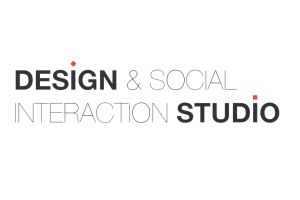The Visual Policy Initiative aims to transform complex policy issues into easy to understand data visualizations using empirically-derived evidence. The Visual Policy team is comprised of a group of researchers from both public policy and digital media. Through this collaborative effort, we aim to transform complex policy issues into easy to understand data visualizations using empirically-derived evidence. In our current endeavor, our team is focused on showing the economic and societal costs of autism spectrum disorder (ASD), and how those costs vary depending on the age of diagnosis and age of intervention.
Autism prevalence rates in the United States have more than doubled since 2000 (from 1 in 150 to 1 in 68 children being identified). Despite this trend as the nation's fastest-growing developmental disability, many insurance providers, including Medicaid, do not cover autism services or early intervention services for Autism Spectrum Disorders (ASD). Our research project draws on policy research and human-centered design research to build communication tools and strategies ("digital boundary objects") that aid the public and legislators in understanding the negative economic impact of the late intervention and present the existing evidence that justifies the passage and implementation of early intervention services in ASD. The first set of these communication tools is aimed at policymakers to improve the continuum of care and interagency system of supports for children with autism. We foresee variations of the developed communication strategies to be used by the public for raising awareness and enabling collective action.

Design and Social Justice Studio brings an interdisciplinary group of faculty and students together to examine the experiential and participatory dimensions of digital media and their relationship to establishing and supporting democratic forms of social interaction. Research at the studio spans both theoretical inquiry and experimental design, situated at the intersection of Design, the Humanities, and Human Computer Interaction. We design and investigate a variety of design products and services (e.g., locative media, visualizations and mapping, policy media, social and educational media) drawing on a range of design methods and strategies, most notably participatory and co-design methods, ethnographic methods, and experimental designs.
Projects are often in collaboration with other units on campus, other schools, as well as local non-profit organizations. Among current collaborators are Schools of Public Policy and Electrical Engineering at Georgia Tech; the iSchool at the University of British Columbia; Mayo Clinic; and local organizations such as Marcus Autism Center, Children's Healthcare of Atlanta, Fulton County Department of Health, and Central Atlanta Progress.



